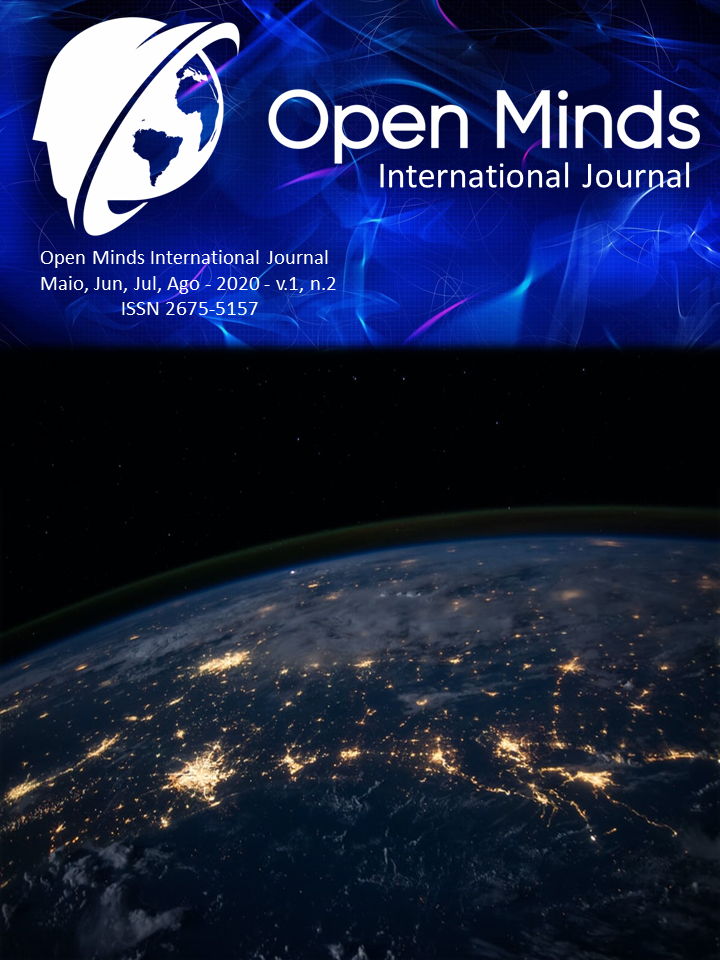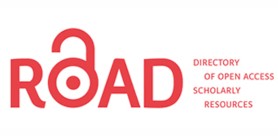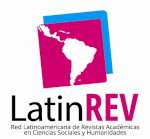JOURNALISM STUDENTS’ PERCEPTIONS OF HYPERTEXT, HYPERTEXTUALITY AND LINKAGE
DOI:
https://doi.org/10.47180/omij.v1i2.27Keywords:
Hypertext, Linkage, Hypertextuality, Journalism Education, Journalism TrainingAbstract
This study approaches the relevance for journalism students in understanding the concept, characteristics, and functions of hypertext. Taking into consideration that students will be inserted in the labor market, they must know how to deal with the variety, amount of information, and technological resources produced in the workplace. Thus, the paper aims to verify the knowledge journalism students have about multimedia and hypertextuality. This exploratory research was based on a mediated learning experience with 40 students attending the course of Multimedia practices in Journalism at the Estácio de São Luís University. Major results pointed to the fact that although the students understand the basic concepts about hypertext, in what concerns technical specifications and practical issues of hypertexts implementation, it is a process that is poorly understood. Given the fact it is a mediated learning study, a workshop was held to reinforce student’s knowledge about all the processes of using hypertext in journalism.
Downloads
References
BRASIL. Diretrizes Curriculares Nacionais para o Curso de Graduação em Jornalismo. Brasília, DF: Secretaria de Educação Superior /Ministério da Educação. Conselho Nacional de Educação/Câmara de Educação Superior, 2013. Disponível em: <http://portal.mec.gov.br/index.php?option=com_docman&view=download&alias=13063-pces039-13-pdf&category_slug=maio-2013-pdf&Itemid=30192>. Acesso em: 25 mai. 2020.
CAVALCANTE, M. C. B. Mapeamento e produção de sentido: os links no hipertexto. In: MARCUSCHI, Luiz Antônio; XAVIER, Antônio Carlos (Org.). Hipertextos e Gêneros Digitais. 3. ed. Rio de Janeiro: Lucerna, 2010.
CRUCIANELLI, S. Ferramentas digitais para jornalistas. 2010. Editado pelo Centro Knight para o Jornalismo nas Américas, da Universidade do Texas/Austin. Trad. Marcelo Soares. Disponível em: <https://knightcenter.utexas.edu/hdpp_pt-br.pdf>. Acesso em: 25 mai. 2020.
FEUERSTEIN, R.; KLEIN, P. S.; TANNENBAUM, A. J. Mediated learning experience (MLE): Theoretical, Psychosocial And Learning Implications. London: Freund, 2015.
GUNDER, A. Forming the text, performing the work: aspects of media, navigation and linking. [S.l.:s.n.], 2002.Disponível em: <http://www.hb.se/bhs/ith/23-01/ag.htm>. Acesso em: 25 mai. 2020.
LANDOW, G. Hypertext 2: the convergence of contemporary critical theory and technology. Baltimore: The Johns Hopkins, 1997.
LARA, I. Hipertexto: o universo em expansão. Brasília, DF: UnB, 2001. Disponível em: <www.unb.br/fac/ncint/site/index.html>. Acesso em: 25 mai. 2020.
LEÃO, L. O labirinto da hipermídia: arquitetura e navegação no ciberespaço. São Paulo: Iluminuras, 2002.
LEMOS, A. Cibercultura: tecnologia e vida social na cultura contemporânea. Porto Alegre: Sulina, 2002.
LÉVY, P. As tecnologias da Inteligência: o futuro do pensamento na era da informática. 14. ed. São Paulo: Editora 34, 2012.
MIELNICZUK, L. O Link como recurso da narrativa jornalística hipertextual. In: Congresso Brasileiro de Ciências da Comunicação, 28., 2005. Rio de Janeiro. Anais eletrônicos... São Paulo: Intercom, 2005. CD-ROM.
MONTEIRO, J. C. S. Narrativas Hipertextuais na Educação Superior: uma proposta didática para o ensino de Jornalismo Multimídia. 2019. Dissertação (Mestrado em Cultura e Sociedade) – Universidade Federal do Maranhão, Brasil.
NIELSEN, J. Projetando websites. Rio de Janeiro: Campus, 2000.
PALACIOS, M. Natura non facit saltum: promessas, alcances e limites no desenvolvimento do jornalismo on-line e da hiperficção. e-COMPÓS, Revista eletrônica da COMPÓS, v. 1, n. 2, Brasília, 2005.
PRIMO, A. O aspecto relacional das interações na Web 2.0. E- Compós, Brasília, v. 9, p. 1-21, 2007.
SANTAELLA, L. Culturas e artes do pós-humano: da cultura das mídias à cibercultura. São Paulo: Paulus, 2003.
TRIGG, R. A network: based approach to text handinling for the online scientific community. [S.l.:s.n.], 2002. Disponível em: <http://www.workpractice.com/trigg/thesis-chap4.html>. Acesso em: 25 mai. 2020.
UNESCO. Model Curricula for Journalism Education. Paris: UNESCO, 2010.
Downloads
Published
How to Cite
Issue
Section
License
The authors declare that any work submitted, if accepted, will not be published elsewhere, in English or in any other language, and even electronically, unless it expressly mentions that the work was originally published in the Journal.













